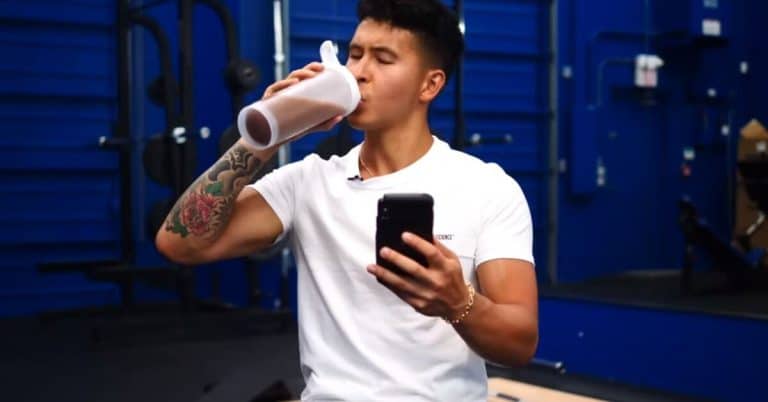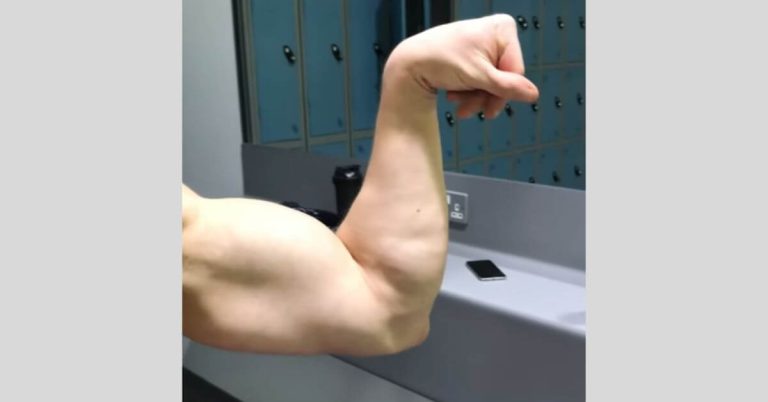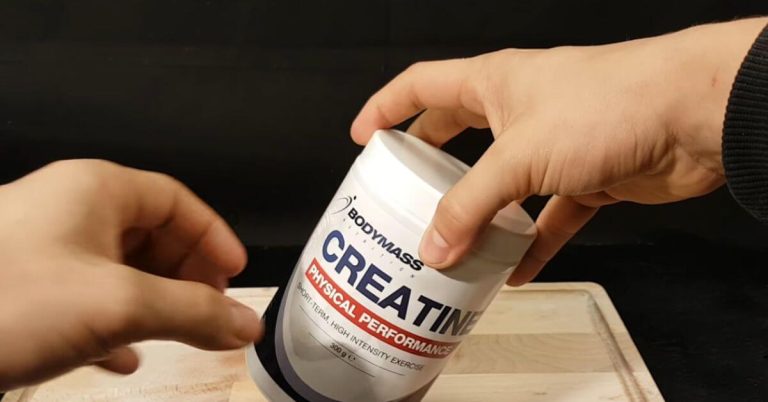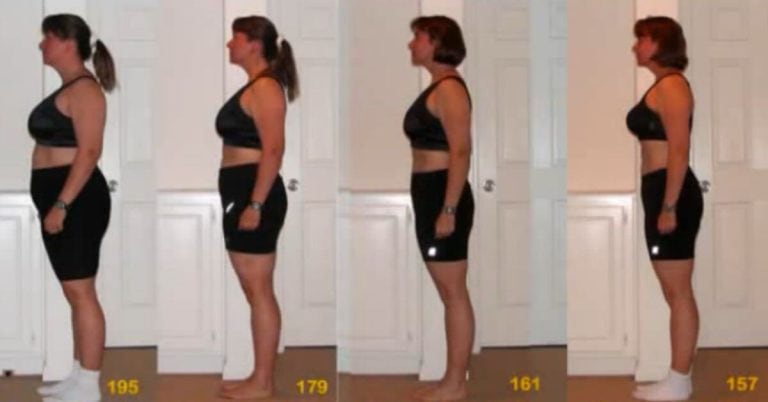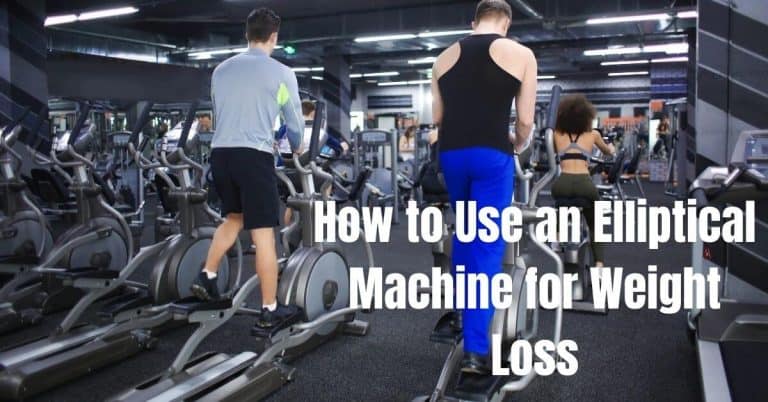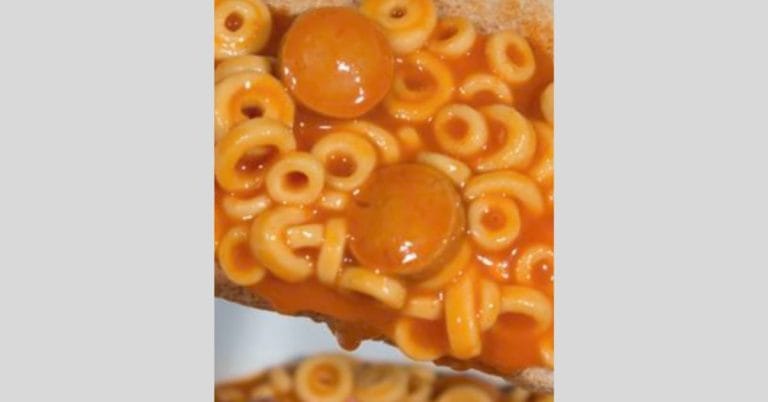Why Do Dips Hurt My Sternum? Discover the Surprising Reason!
Last Updated on December 1, 2023 by Justin Harris
Why Do Dips Hurt My Sternum: Dips can hurt your sternum due to the condition known as costochondritis, which is characterized by pain in the middle of the chest or sternum, particularly during or after doing dips. This condition is often triggered by weighted dips or excessive repetitions.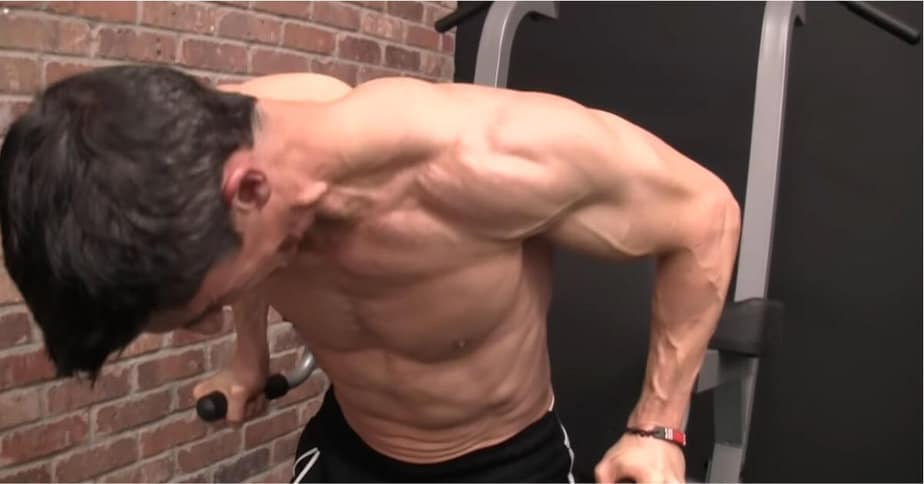
Sternum pain can also be caused by inflammation, arthritis, muscle strain, heartburn, acid reflux, heart attack, sternum injury, or pectus excavatum, which is a condition where the sternum grows inward, creating a depression in the chest. Some people may experience sternum pain during ring dips and pushups due to a lack of internal rotation in the shoulder, causing the pec muscles to pull on the sternum.
It is important to address any sternum pain during dips to prevent further discomfort or injury.
Common Causes Of Sternum Pain
Experiencing sternum pain during dips can be caused by factors such as inflammation, muscle strain, heartburn, or sternum injury. It is important to practice proper technique and gradually increase intensity to prevent discomfort.
Costochondritis is a common cause of sternum pain during dips. It is a condition characterized by inflammation in the cartilage that connects the ribs to the sternum. This inflammation can be triggered by activities such as weighted dips or excessive dipping too soon. Symptoms may be felt during or after performing dips.
Arthritis can also contribute to sternum pain during dips. Rheumatoid arthritis and osteoarthritis are two common types of arthritis that can affect the sternum. The impact of arthritis on the sternum can cause discomfort and pain during movements like dips.
Muscle strain is another possible cause of sternum pain during dips. When the muscles around the sternum are strained or overworked, it can result in pain and discomfort. This strain can be caused by improper dipping technique or by performing dips with excessive weight or intensity.
Other possible causes of sternum pain during dips include heartburn and acid reflux, sternum injury, and even heart attack. It is important to consult a healthcare professional for proper diagnosis and treatment if you experience sternum pain during dips.
How To Prevent Sternum Pain During Dips
Have you ever experienced sternum pain during dips? This can be a common issue for many individuals, but there are techniques you can use to prevent this discomfort. One important aspect to consider is the proper technique when performing dips. Ensuring that you have the correct form can help alleviate sternum pain.
Additionally, incorporating t-spine rotation exercises into your routine can help strengthen and mobilize the thoracic spine, reducing the strain on your sternum. Shoulder mobilization exercises are also beneficial, as they can improve shoulder mobility and reduce sternum pain during dips.
Incorporating prehabilitation exercises into your training routine can also be helpful in preventing sternum pain. And if you are already experiencing sternum pain, following a rehab protocol that includes soft tissue mobilization can provide relief. By implementing these techniques, you can prevent sternum pain and continue to enjoy your dip workouts.
Read Also,
- Best Prowler Sled
- Ellipticals Under 1000
- Best Rowers Under 500
- Exercise Bikes Under $200
- Best Elliptical Under 600
- Best Treadmill Under 200
- Best Exercise Bike Under 300
- Best Stationary Bike for Short Person
- Best Sauna Suit for Fat Loss
- Best Elliptical Machine Under 500
- Best Rowing Machines Under $500
Understanding The Middle Chest Pain During Dips
- Exploring the symptoms of costochondritis and its relation to dips
- The impact of weighted dips on middle chest pain
- Identifying other potential causes of middle sternum pain during dips
- Ways to alleviate middle chest pain during dips
Costochondritis is characterized by pain in the middle of the chest or sternum, and it can become uncomfortable, especially during or after performing dips. This condition is often brought on by engaging in weighted dips or overdoing dips too quickly. The symptoms of costochondritis can be felt specifically during dips.
In addition to costochondritis, there are other potential causes of sternum pain during dips, including inflammation, arthritis, muscle strain, heartburn and acid reflux, heart attack, and sternum injury. However, there are ways to help alleviate middle chest pain during dips, such as ensuring proper technique, improving thoracic spine mobility through stretching and mobility drills, and incorporating shoulder mobilization exercises.
Understanding the underlying causes and implementing effective strategies can help minimize middle chest pain during dips.
Pectus Excavatum: The Dip In The Sternum
Dips can cause sternum pain, also known as Pectus Excavatum, due to the inward growth of connective tissue in the chest. This condition can result in a dip in the sternum, leading to discomfort during or after performing dips.
Pectus excavatum is a condition characterized by the inward growth of the connective tissue that joins the ribs to the breastbone (sternum). This causes a visible depression in the chest over the sternum, commonly known as a sternum dip.
The symptoms of pectus excavatum may include difficulty breathing, chest pain, and decreased stamina during physical activity. The exact cause of this condition is unknown, but it is believed to be a combination of genetic and environmental factors.
Read Also: Why Does My Sternum Hurt When I Do Dips?
Treatment options for pectus excavatum vary depending on the severity of the dip and the individual’s symptoms. In some cases, exercises and physical therapy may help improve posture and alleviate pain. Severe cases may require surgery to correct the deformity. It is important to consult with a healthcare professional for an accurate diagnosis and appropriate treatment plan.
Conclusion
If you’ve been experiencing sternum pain while doing dips, you’re not alone. It’s a common issue that can be caused by various factors such as inflammation, muscle strain, or even a condition called costochondritis. To prevent this discomfort, it’s crucial to focus on proper technique, shoulder mobilization, and taking necessary precautions.
Read Also: Are Stationary Bikes Good Cardio?
Always consult with a healthcare professional if the pain persists. Remember, listening to your body and making adjustments is key to a safe and effective workout routine.

